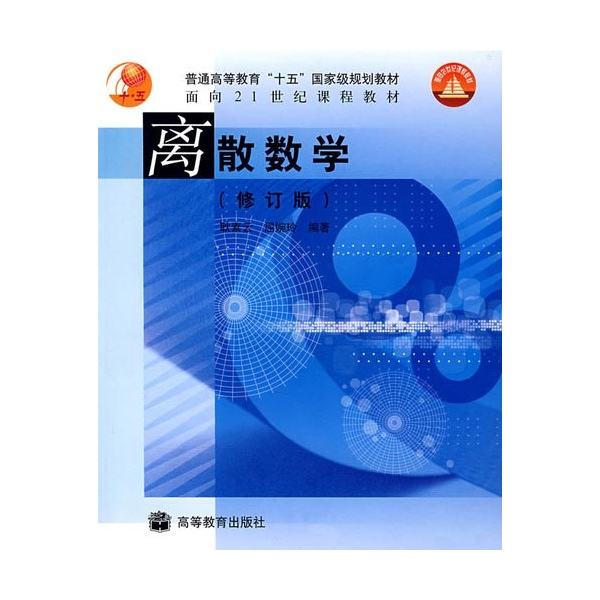A graph $G$ is \textit{$k$-critical} if $\chi(G) = k$ and every proper subgraph of $G$ is $(k - 1)$-colorable, and if $L$ is a list-assignment for $G$, then $G$ is \textit{$L$-critical} if $G$ is not $L$-colorable but every proper induced subgraph of $G$ is. In 2014, Kostochka and Yancey proved a lower bound on the average degree of an $n$-vertex $k$-critical graph tending to $k - \frac{2}{k - 1}$ for large $n$ that is tight for infinitely many values of $n$, and they asked how their bound may be improved for graphs not containing a large clique. Answering this question, we prove that for $\varepsilon \leq 2.6\cdot10^{-10}$, if $k$ is sufficiently large and $G$ is a $K_{\omega + 1}$-free $L$-critical graph where $\omega \leq k - \log^{10}k$ and $L$ is a list-assignment for $G$ such that $|L(v)| = k - 1$ for all $v\in V(G)$, then the average degree of $G$ is at least $(1 + \varepsilon)(k - 1) - \varepsilon \omega - 1$. This result implies that for some $\varepsilon > 0$, for every graph $G$ satisfying $\omega(G) \leq \mathrm{mad}(G) - \log^{10}\mathrm{mad}(G)$ where $\omega(G)$ is the size of the largest clique in $G$ and $\mathrm{mad}(G)$ is the maximum average degree of $G$, the list-chromatic number of $G$ is at most $\left\lceil (1 - \varepsilon)(\mathrm{mad}(G) + 1) + \varepsilon\omega(G)\right\rceil$.
翻译:暂无翻译


